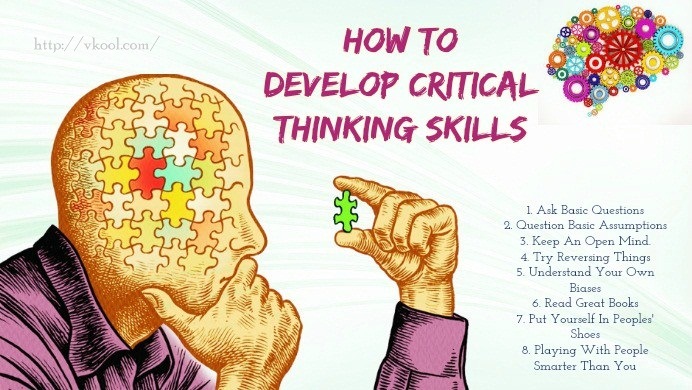
Many people assume that knowing how to write a novel is simple when they have read a lot of fiction novel and attended some literature courses. It is not true, however. Like building a house, although you have lived in your house all your life, you may not know enough how to build a house by yourself.
How To Write A Novel For Beginners Step By Step – Techniques To Master Your Writing Skill
Writing a novel is the complex work that requires a lot of efforts and time. Nevertheless, it does not mean you cannot write a brilliant work in one draft as a beginner. It is the fact that you need so much experience to write a story. The process is so overwhelming and you lose your passion, inspiration and your spontaneity. Fortunately with some effective tips on how to write a novel, many novelists have learned to write easily and fast. Like every practical skills such as playing the piano, taking the photo, writing also needs secrets and practice. Therefore, I would like to introduce some steps on how to write a novel for beginners which will help you begin to create an excellent and emotional compelling story. Read this article on vkool.com and get inspired.
1. Write Down Your Ideas In Notes:

Idea is the important step on how to write a novel. Beginners need ideas to develop the plot. The professional need too. However, some writers find it difficult to get the great ideas out of their heads. My best advice on how to write a novel for beginners is to carry a note book and a pen so that you can write down your ideas whenever or wherever you go. You may feel your inspiration when you are on way to work or when you relax in a coffee show. Who know? So, the bad writers are the ones who wait for the inspiration and ideas. You need to think of your own experience in childhood or recall some details from the movies you have watched or the story your friends have told. For example, in the novel “One hundred years of solitude”, the ice scene was made from the author’s own childhood experience.
2. Good Plan And Road Map:

Most of beginners are prone to make two common mistakes. They can easily become the plotters who like to plan the plot from the beginning to the end or the pantsers, who on the other hand, keep writing and believe story will go smoothly. The plotters and pantsers usually meet difficulty and lose passion. The pantsers did not plan the work properly and they are stuck in the middle of their story. Either way, this mistake can be avoided by preparing a good plan and outline. The better outline you make, the more easily you can go along with your novel because you know for sure what is coming next. However, some beginners also suffer from opposite problem as they are the plotters, who intend to plan every overwhelming detail. They will never finish the outline and start writing the first chapter.
3. Consider The Genre And Setting:

Before starting to write your first chapter, it is the third step on how to write a novel for beginners. It is important to ask yourself several questions. What kinds of story would you like to create? Which audience would you like to attract? When the genre and category are decided, you will have the overall view on story. There are so many choices such as science fiction, romances, mysteries, fantasies, thrillers and historical fiction. After choosing novel’s genre, you should think about the setting which is the place, time and surroundings your characters live.
4. Creating Characters:

Many writers do not understand profoundly about the process of creating characters although it is the necessary secrets to help your novel draw audience’s attention. The readers will become interested in your novel when they can recognize themselves in the characters and live vicariously. The most important character is your protagonist who does not need to be likeable but have to be interesting. Asking about the question how to write a novel step by step, it is recommended to think the protagonist as well as related characters as real people. Their behavior and action in a given specific situation need to stay “true” to the characters.
5. Visualization:

Most novels have tension and conflict which lead to a climax and then the problem will be solved in some ways. It is not necessary to have a happy ending or neatly solved ending as long as the readers feel satisfied with the story and understand the meaning you make. Moreover, your story can jump the present to the past or even start from the past and continue in time order – do whatever you find it is the best.
6. Write The First Draft:

After visualizing the outline and plot, creating the characters and choosing genre and setting, follow the next step on how to write a novel. There is no need to have a perfect first draft. Keep in mind that no one will read your draft except you. The draft needs to be finished and it is the best idea to set a goal every day. You can set a long- term goal. For instance, make commitment that you will finish the first draft in one year before starting the following step: Revising the novel.
7. Revising The Novel:

No matter how many drafts you make, revising your novel is necessary. The more times you revise, the better your novel becomes. The best advice is imagining you are one of the readers to read the story in order to find out which parts are confusing and boring.
These are 7 steps on how to write a novel for beginners. I hope that after reading these techniques, you will have enough confidence to publish a brilliant novel. For any question you want to ask, please leave it bellow. I will answer you soon. Thanks for reading.
Want More Content Like This In Your Inbox?
- How to treat glaucoma eye disease naturally
- 9 home remedies for muscle cramps in back, legs, & other parts
- How To Be Confident Around Guys You Like: 11 Amazing Tips
- 13 Health Benefits Of Red Clover Tea, Blossom, And Leaf
- 13 Signs Of A Good Husband And Father Are Exposed
- 21 Everyday Eye Care Tips For Computer Users At Home And Office
- Get Him Back Forever Pdf Review – Does Matt’s Guide Work?
- 16 Ways on how to get rid of spider veins naturally at home






















 20 Pros And Cons Of Homeschooling And Family Education
20 Pros And Cons Of Homeschooling And Family Education  Get Rid Of Herpes Review – Can Sarah’s Guide Be Useful?
Get Rid Of Herpes Review – Can Sarah’s Guide Be Useful?  Top 15 Tips To Improve Personality To Get Success Easily
Top 15 Tips To Improve Personality To Get Success Easily  How To Find Inner Happiness And Peace Within Yourself
How To Find Inner Happiness And Peace Within Yourself  Save Your Photos And Your Sanity Review – Is It Trustable?
Save Your Photos And Your Sanity Review – Is It Trustable?  How To Buy An Electric Guitar For Beginners
How To Buy An Electric Guitar For Beginners  Indie Film Finance Guide Review – Will Tom Malloy’s Guide Work?
Indie Film Finance Guide Review – Will Tom Malloy’s Guide Work?  Linux For The Rest Of Us Download Review – Is It Reliable?
Linux For The Rest Of Us Download Review – Is It Reliable?  25 Habits Of Happy People That You Should Learn And Start Now!
25 Habits Of Happy People That You Should Learn And Start Now!  Be Stylish Ebook Review – Does Angelica’s Course Work?
Be Stylish Ebook Review – Does Angelica’s Course Work?